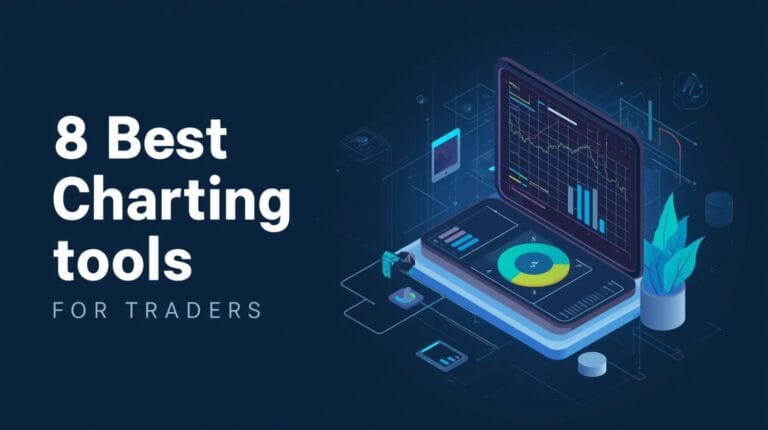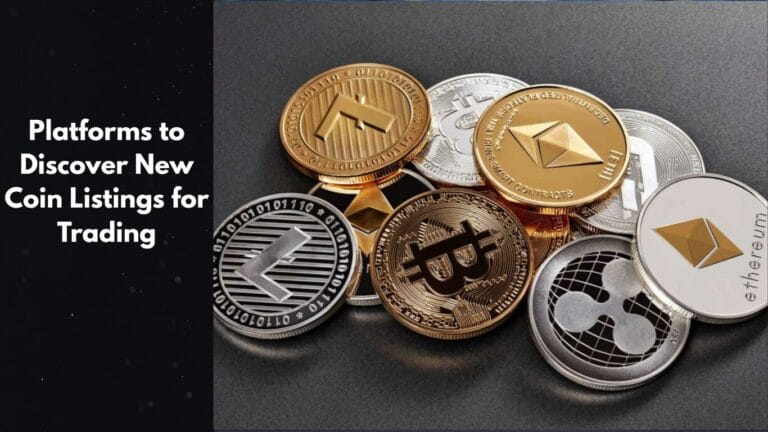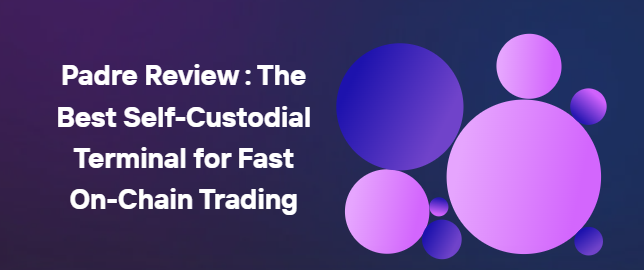The financial technology sector has experienced dramatic transformation as innovative decentralized protocols reshape traditional trading paradigms. This revolutionary movement centers around breakthrough blockchain architectures that enable sophisticated financial applications previously constrained by network limitations and prohibitive transaction costs.
Table of Contents
Revolutionary Protocol Architecture
The decentralized finance stems from fundamental architectural innovations that address significant boundaries that were earlier ready for blockchain implementation. This technological foundation enables financial applications to work with efficiency and sophistication in general for centralized platforms while maintaining decentralized governance and transparency principles.
Engineering philosophy priority to performance adaptation without compromising safety or decentralization characteristics. This approach assumes that wide DeFi adoption requires infrastructure capable of supporting institutional-grade applications while being accessible for retail participants in global markets.
Basic Technology Benefits
Advanced blockchain architecture includes many important innovations:
- Parallel Transaction Processing: Many operations executed bottlenecks simultaneously
- Customized Conscious Mantra: Skilled verification procedures maintain network safety
- Smart Contract Optimization: Extended to perform virtual machine for complex protocols
- Cross-Protocol Interoperability: Seamless integration between various DeFi applications
These technical reforms have emerged through rigorous growth cycles incorporating comprehensive testing, safety auditing and performance adaptations. Implementation factors include developer reaction integration, safety vulnerability evaluation and scalability stress test under various network conditions.
Advanced Business Infrastructure Development
Professional-Grade Trading Platform
Modern solana defi platforms have developed beyond simple token swapping to offer rival trading infrastructure in traditional financial markets. These systems support complex order types, refined risk management equipment and real-time market data analysis that are first unavailable in decentralized environment.
Advanced features include:
- Institutional Order Management: Professional Trading Interface with advanced execution algorithms
- Risk Evaluation Equipment: Real time portfolio analysis and exposure monitoring system
- Creating Market Infrastructure: Sophisticated algorithms providing continuous liquidity
- Cross-Market Arbitrage: Automatic Opportunity in many platforms
Derivatives and Structured Products
Increased network capabilities enable the development of complex financial instruments including derivatives, structured products and synthetic assets. These innovation expands business opportunities by providing the required risk management equipment for professional market participation.
Product categories include always future contracts, option trading platforms, structured investment products, and synthetic asset protocols that mimic traditional financial instruments within decentralized framework.
Innovative Liquidity Solution
Next Generation Pool Technologies
Revolutionary solana liquidity pool Implementation addresses fundamental disabilities in traditional automatic market manufacturer designs. These advanced systems optimize capital use through dynamic fees structures, focused liquidity positions and automated regeneration mechanisms that maximize returns for liquidity providers.
Technological innovations include:
| Innovation Area | Traditional Approach | Advanced Implementation | Efficiency Benefits |
| Capital Use | 30-50% | 85-95% | 2-3X improvement |
| Fee Adaptation | Statistical Structures | Dynamic Adjustment | 40-60% increase |
| Risk Management | Basic Hedging | Advanced Strategies | Important Shortage |
| Yield Generation | Simple Award | Complex System | Increased Returns |
Multi-Strategy Liquidity Management
Sophisticated protocols now support several liquidity provisions strategies within single platforms, enabling providers to optimize risk-returns based on market conditions and personal preferences. These systems automatically accommodate strategies based on market instability, trading volumes and other relevant factors.
Strategy options include conservative stable-pair provisions, aggressive growth-oriented positions, balanced risk-dominated approaches and special institutional strategies designed for large capital deployment.
User Experience and Market Access
Simplified Interface Design
Despite the underlying technical complexity, modern DeFi platforms prefer user experience access through interface design and simplified interaction patterns. These reforms reduce obstacles in entry while maintaining access to sophisticated financial equipment and strategies.
User experience enhancement includes comprehensive educational resources supporting one-click transactions, automated slippage protection, integrated portfolio management, and user learning and adopting platforms.
Mobile and Cross-Platform Access
The expansion of the ecosystem includes comprehensive mobile applications and cross-platform accessibility that ensure that users can access DeFi services from various devices and locations. This access supports global participation and continuous market engagement.
Platform features include mobile-oriented trading interfaces, safe wallet integration, real-time notification system and synchronized portfolio tracking on many devices and platforms.
Wallet Infrastructure and Security
As DeFi complication increases, wallet infrastructure becomes rapidly important for user adoption and platform safety. When selecting appropriate solutions, users often prefer extensive platforms such as Atomic Wallet that provide integrated DeFi access, security facilities and user-friendly interfaces that support complex trading operations.
Wallet’s ideas include DeFi protocol integration capabilities, safety facilities user property protection, transaction for low cost and user interface designs supporting various experience levels.
Ecosystem Participation and Integration
Traditional Finance Bridge Construction
Progressive DeFi platforms actively develop partnership with traditional financial institutions, creating bridges between centralized and decentralized financial systems. These cooperation expands the market access by providing familiar entry points for institutional participants.
Partnership areas include detention service integration, compliance structure development, institutional business access, and regulatory coordination supporting the adoption of mainstream in various courts and market segments.
Cross-Chain Cooperation
The ecosystem emphasizes the difference with other blockchain networks, enables users to use liquidity and opportunities on many platforms. This approach maximizes capital efficiency by reducing platform lock-in effects.
Interoperability features support asset bridges between networks, cross-chain liquidity aggregation, multi-network yield optimization and integrated portfolio management in diverse blockchain ecosystems.
Network Challenges and Flexibility Strategies
Addressing Concerns of Stability
Network reliability remains important for the success of DeFi ecosystem, especially periodic disruptions that can affect trading operations and user’s trust. When solana down events occur, they highlight the need for infrastructure flexibility and extensive recovery strategies.
Improvement in stability includes verification adaptation programs, network monitoring enhancement, excess system implementation, and rapid response protocols that reduce the dissolution effect on users and platform operations.
Performance Adaptation Initiative
The ongoing development has focused on network performance growth through verification coordination correction, consensus mechanism adaptation, and infrastructure scaling solutions, which supports the increase in transactions without compromising speed or cost benefits.
Adaptation strategies include hardware requirement updates, software efficiency improvement, network topology adaptation, and the ability to support the estimated increase in the amount of user adoption and transactions.
Community Governance and Development
The decentralized governance model enables network reform decisions, protocol upgradation and community participation in strategic direction settings. This approach aligns development preferences with the needs of the user and market requirements.
The proposal in the government system includes the system, community polling procedures, developer grant programs, and stakeholder coordination processes supporting the continuous ecosystem development and continuous improvement initiative.
Conclusions: Changing Digital Finance
The development of high-demonstration DeFi ecosystems represents fundamental change in digital finance infrastructure and market access. Advanced blockchain architecture enables refined financial applications while maintaining the required decentralization principles for global participation and innovation.
Professional trading tools, customized liquidity mechanisms, and successful integration of user-friendly interfaces, offering unique benefits available in centralized systems shows DeFi’s ability to directly compete with traditional financial infrastructure.
For market participants, these development creates unprecedented opportunities for capital deployment, yield creation and trading strategy implementation. The continuous maturity of the ecosystem supports rapidly sophisticated financial applications, expanding access to variety of user groups.
The widespread impact of technology is beyond the immediate trading benefits for fundamental improvements in financial system transparency, global access and innovation capacity. These advances of advanced DeFi platforms in the form of infrastructure required for the development of future financial ecosystems.
Constant success network depends on reliability, safety growth and display optimization with regulatory compliance. The emphasis on community rule and collaborative development provides a framework to address challenges while maintaining the pace of innovation.
The future of decentralized finance will build on lessons learned from high-demonstration implementation, addressing scalability, interoperability and user experience challenges. This development supports the widespread financial system change towards more inclusive, transparent and efficient global infrastructure.










